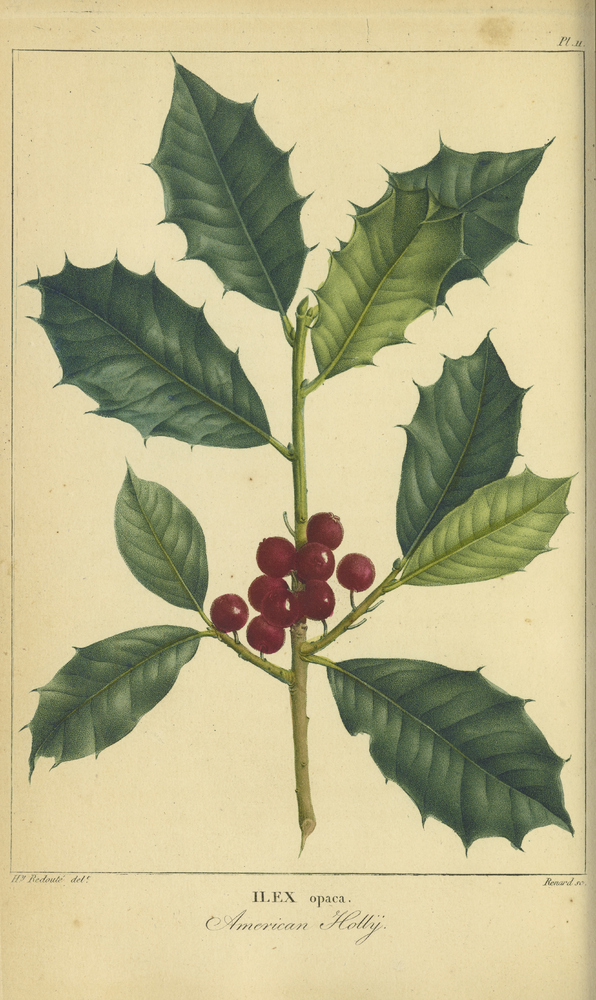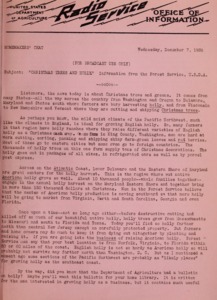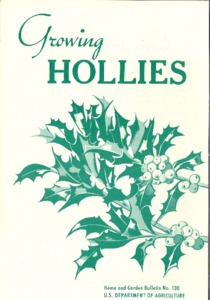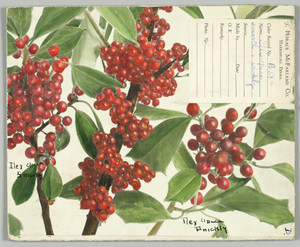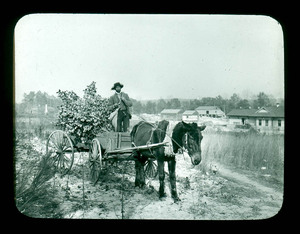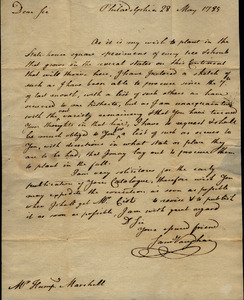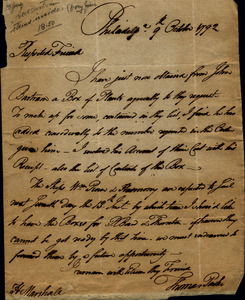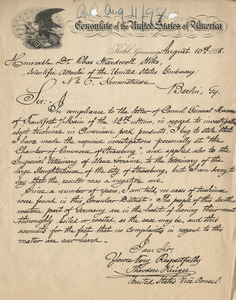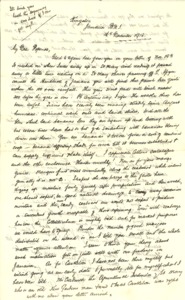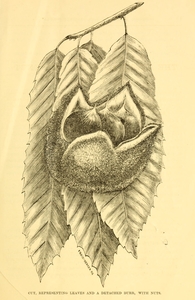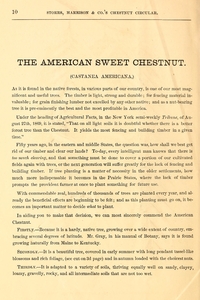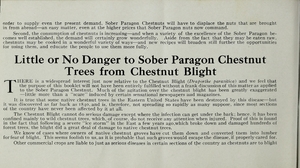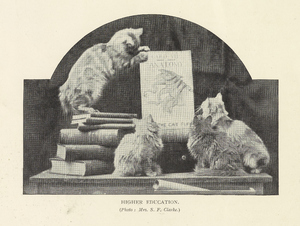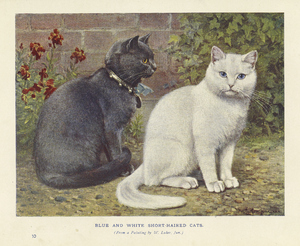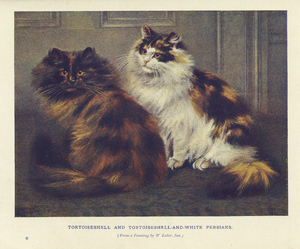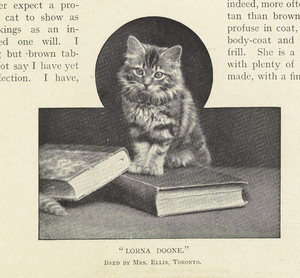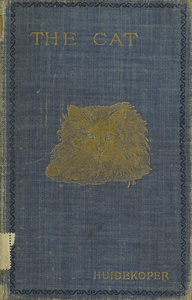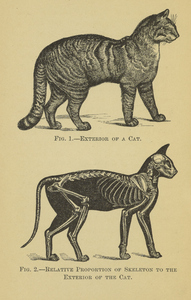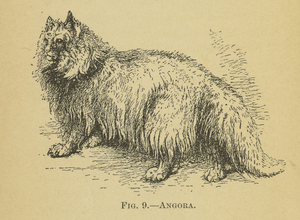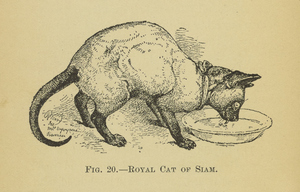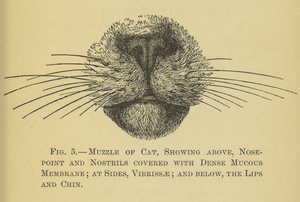December
Holly Season
American holly (Ilex opaca) is native to the southern and eastern United States. It’s popular as an ornamental tree in these regions, valued for its beautiful form, glossy green foliage, and bright red berries. The dense foliage of American holly provides shelter for animals and birds, and the fruit attracts songbirds in winter.
American holly and its European relative, English holly (Ilex aquifolium), have long been traditional symbols of Christmas cheer.
Commercial growers in the Pacific Northwest and the southeastern U.S. produce holly for the nursery and floral trades.
Letter Writing Day
(December 7)
Handwritten letters are abundant in the historical manuscript collections in Special Collections. Many of the letters serve as business transactions. Shown here are two letters sent to botanist and plant dealer Humphry Marshall (1722-1801) of Chester County, Pennsylvania who was a cousin of botanist John Bartram (1699-1777). The other letters were sent to USDA employees conducting agricultural research in the late 1800s and early 1900s.
Roasting Chestnut Day
(December 14)
Chestnuts have been roasted and eaten since ancient days, but why this became a part of the Christmas season is unclear.
What you find in U.S. supermarkets today is almost surely a European chestnut, Castanea sativa, not the American native chestnut, Castanea dentata, because (as every tree-buff knows) our native chestnut was virtually wiped-out by an imported pathogenic fungus first noticed with concern in New York in 1904. Experimentation with hybridization for good nut-quality combined with blight resistance has been on-going for more than a century, some experiments being successful; some not. The Daniel Boone variety, actually predating the blight, is a native chestnut hybridized with a Japanese variety. Despite high expectations and lots of publicity, the Paragon variety, a hybrid with a European nut, was not immune to the blight. European chestnuts, although generally starchier than and not as sweet as the American chestnut, are an acceptable substitute for roasting. One hardly needs a recipe for roast chestnuts, but we've included instructions from Elizabeth Luther Carey's 1907 recipe and literary quotations book. Enjoy!
Cary, Elisabeth Luther and Jones, Annie M. Books and My Food: Literary Quotations and Original Recipes for Every Day in the Year. New York: Rohde & Haskins, 1904, p. 218.
“And a large chestnut, the delicious meat
Which Jove himself, were he a mouse, would eat.”
--Cowley (“Poems”)
Roasted chestnuts of the French or Italian variety are most satisfactory. Before cooking cut a slit in each nut; put them in a saucepan with just enough boiling water to cover them. Boil 30 minutes. Drain and put in a hot oven for ten minutes and serve them in a folded napkin. Pass salt with them. Care must be taken not to let the chestnuts cool after boiling before putting in the oven.
Cat Herders Day
(December 15)
If you search through conference presentations made by librarians and archivists, you'll likely find dozens (or more) with "herding cats" as a slide or even presentation title. To our fellow professionals: This day is for you!
December 2015 calendar page (20mb PDF) 8.5 x 11 and 11 x 17.
 An official website of the United States government.
An official website of the United States government.

